Quoted Nigerian companies in the Construction, Oil & Gas, Manufacturing (including FMCGs), Agriculture, Real Estate, and Technology sectors otherwise referred to as COMART posted combined revenue of N5.2 trillion in the first half of 2022 defying inflation and exchange rate challenges.
The amount represents a 28.1% rise in revenue when compared to the N4 trillion reported in the same period last year.
On a quarter-on-quarter basis, the companies also saw their revenues rise by just 1.3%, however, when compared to the second quarter of 2021, revenue growth topped 29.2%. It was 28.8% growth comparing 2022 Q1 with 2021 Q1.
This data was extracted from the financial statements of about 31 companies as of June 30th, 2022, and excludes banks, insurance companies, and any company in the financial services sector.
- The data also points to a likely growth in Nigeria’s GDP for the second quarter of the year as higher revenue growth for Nigerian companies will often correlate with increased GDP.
- A general rise in revenues is often indicative of either an increase in sales volume or increase in price or both. In this case, the companies appear to have relied on price increases to post one of the largest revenue increases in recent years.
- The price increases that resulted in these revenue increases will be paid by Nigerians who are often the final consumers of the goods and services.
Profits also soar
Nairametrics also reviewed the operating profits of the companies and observed companies recorded a whopping 31.9% growth. Operating profits excludes finance cost, taxes, and items not directly associated with a business’s core operation. It is a better indicator of performance that does not account for inefficient capital structures.
- According to the data, in the first half of this year, companies printed a total of N1.5 trillion in operating profits before taxes and finance costs up from N1.1 trillion same period in 2021. On a quarter-on-quarter basis, during the year, operating profits were also up with companies reporting a 22% growth.
- The increase in revenues and operating profit point to several factors such as higher prices and cost-cutting amidst a very turbulent economic year marred with exchange rate devaluation and galloping inflation.
What is driving the performance (H1 2022 vs H1 2021)
Nigeria’s inflation rate currently stands at about 18.6% while the exchange rate is down to N670/$1 compared to N580/$1 at the start of the year. Yet, companies still report impressive earnings.
Across all sectors under review, revenue and operating profit growth are evident driven by price increases and cost-cutting.
Higher commodity prices
For example, in the Agro-Allied sector, revenue rose 72.1% while operating profits also rose a whopping 70.3%.
- Excerpts from the financials of Okomu Oil and Presco show they have both benefitted from an increase in prices of Crude Oil Palm and Rubber prices respectively.
- In the oil and gas sector, higher oil prices have benefitted the likes of Seplat helping them post record revenues and profits. Seplat for example has seen its revenue and profit rise by 82% and 138.8% respectively in the first half of the year.
- While some companies like Ardova, Caverton, and Conoil struggled in the downstream sector, Total churned out revenue and operating profit growth.
Increased Demand and price adjustments – In the telecoms sector, MTN and Airtel continue to ride on increased demand for data to post robust profits, printing revenue of N1.4 trillion between them in just 6 months this year.
- The Cement Sector comprising the likes of Dangote Cement, BUA, and Lafarge also reported strong earnings on the back of increased demand for real estate and construction.
- At a combined revenue of N1.1 trillion in the first half of the year, growth was 23% higher than the same period in 2021. Cement companies also raised prices.
Industrials also record growth
Industrials such as Notore, Chemical, and Allied paints, all recorded impressive revenue increases.
- Parsing through their results e also observe an increase in demand mainly due to an uptick in manufacturing activities.
- Vitafoam has also continued to benefit from reliance on local input and price adjustments to drive up sales and improve margins.
- Some also recorded better performance due to the completion of various capacity utilization plans, such as Notore.
Shrinkflation and price increases
- Food Product companies like Nestle, Flour Mills, and Dangote Sugar also reported higher revenues and profit growth. Nairametrics survey indicates revenue growth was largely driven by price increases and shrinkflation.
- Combined, the food sector printed N1.1 trillion in revenue in 6 months, 39% higher than the same period in 2021.
- In the Brewery sector, better performances from Guinness and Nigeria Breweries also helped boost revenue growth. Guinness for example confirmed price increases and higher demand for its ready-to-drink brands help boost sales.
- Combined the Brewery sector posted revenue growth of 30.6% to N435.8 billion.
What the Macro Data is saying
PMI Data – Latest data from Nigeria’s central bank reveals Nigeria’s manufacturing Purchasing Managers’ Index (PMI) rose to 51.1 index points in the month of June, surpassing the 50-index point benchmark.
- This represents a 2.2-point increase compared to the 48.9 points recorded in the previous month.
- Similarly, the non-manufacturing PMI rose past the 50-points index benchmark to reach 50.2 index points in the review month from 49.9 points recorded in the month of May.
- A rise in PMI indicates purchasing managers are seeing economic growth as inventory orders are above average. This translates to higher sales especially if it is accompanied by price increases.
Effect on GDP – The National Bureau of Statistics is yet to release its 2022 Q2 GDP report. However, data from the first quarter reveal a 3.1% real GDP growth rate.
- In the same quarter, COMART reported a revenue growth rate of 31% without adjusting for inflation.
- But in the second quarter of this year revenue growth is now 28% a slight drop compared to the prior quarter.
- Drawing from this data, Nairametrics is projecting Nigeria will likely replicate the Q1 GDP growth rate in 2022 albeit slightly slower at between 3-3.3%
CBN expects GDP growth – In the last monetary policy communique, the apex bank opined the growth in Nigeria’s GDP, was driven by the non-oil sectors.
- This consistent positive performance was driven largely by the continuous growth in the nonoil sector, specifically, in the services and agriculture subsectors; ongoing policy support post-COVID lockdown; and the base effect from the corresponding period.
- The apex bank also projects further GDP growth on the back of its own research data. “Staff projection showed that the economy is expected to remain on a path of sustained positive growth observed in the last few quarters.”
See data of companies used for this analysis.
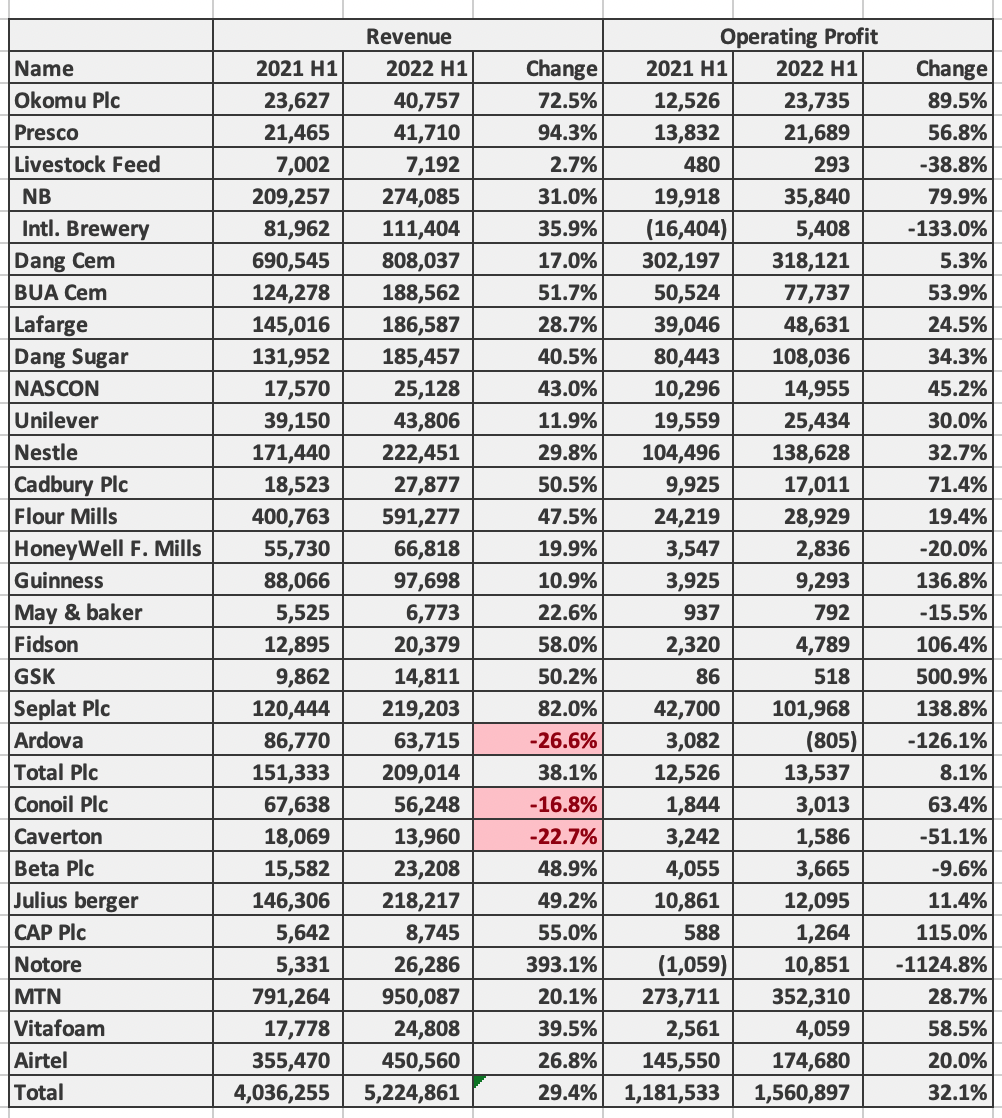




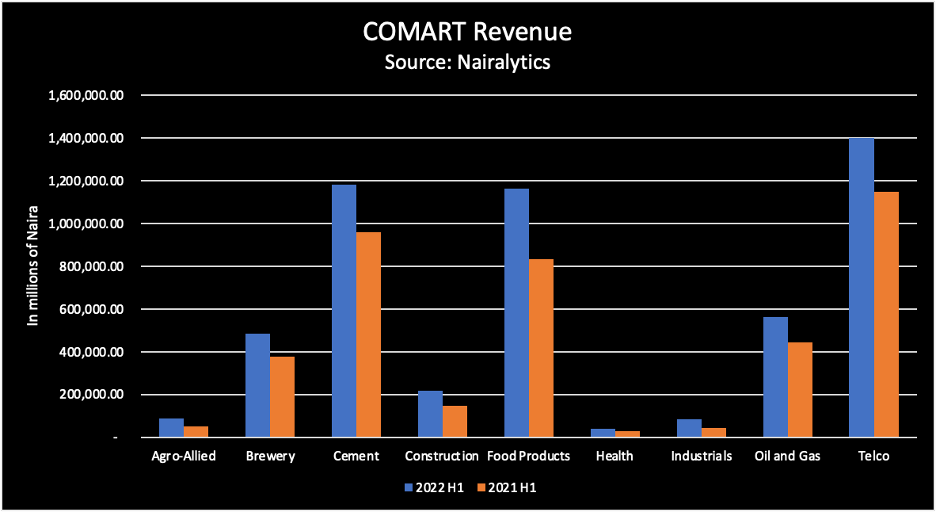





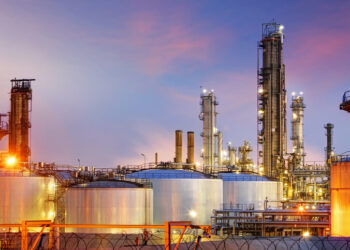
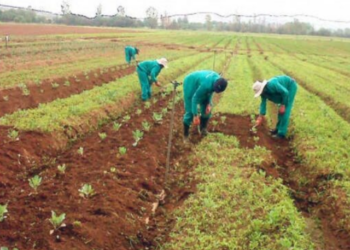
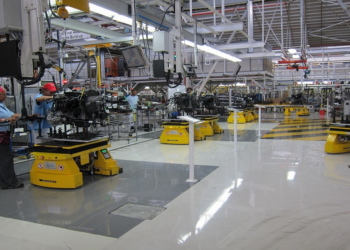




.gif)






